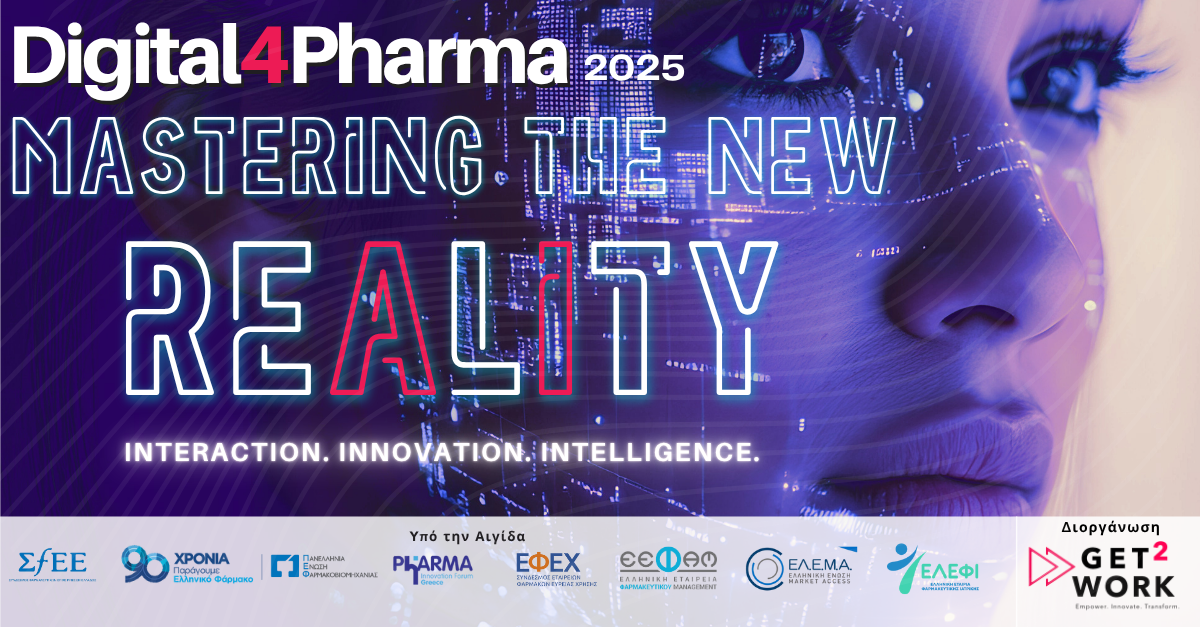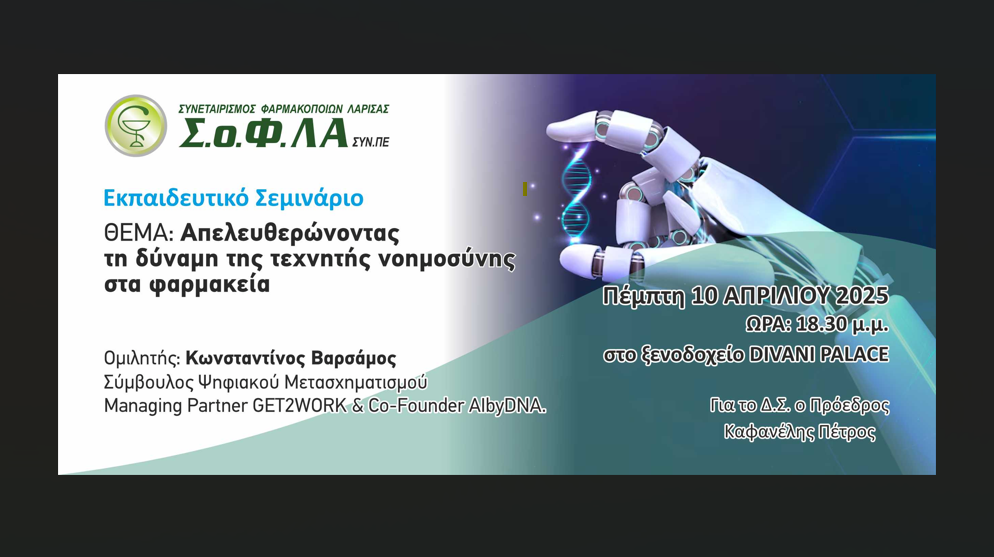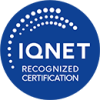
Recently, I had the unprecedented experience of having my car break down in the middle of the road. At least it happened at the end of the day! Although I was quickly assisted by the roadside service provided by the manufacturer through a couple of phone calls, this experience changed my perception of both the product and the company—from highly positive to extremely negative. This feeling intensified when I was informed by the authorized service center that the repair would take over a week!
On Friday night, while browsing one of the popular social media platforms, I noticed that the same company had launched a new series of cars with great fanfare. I couldn’t resist commenting, “Nice new series, but your own car, under warranty, left me stranded on the road!” To my surprise, the next morning, the company responded through a message expressing regret for the unfortunate incident and showed interest in resolving the matter through the authorized service center. My response, however, was even more aggressive, and naturally, the company didn’t follow suit. However, they allowed me to vent my frustration and, in doing so, made me feel that they were still there for me, even during a difficult situation (on a Saturday morning), providing the opportunity for communication and immediacy. They were definitely listening.
I also recently heard a story about a dissatisfied airline passenger, who expressed his dissatisfaction through social media during the flight (increasingly, Wi-Fi is available on many flights). The company promptly responded to his issue regarding the cabin temperature, and according to the passenger’s follow-up post, the company managed to turn a negative experience into a positive one.
It is clear that immediacy, the ability for two-way communication, and demonstrating genuine interest not only are appreciated but can also transform disadvantages into advantages. People enjoy engaging in communities and expressing themselves within them, as well as learning from others. Digital technology enables them to do these things faster and better.
The pharmaceutical industry could learn a great deal from the examples set by other industries regarding their presence on social media.
Pharmaceutical Companies and Social Media
Generally speaking, for pharmaceutical companies, social media serves as a platform to broadcast their news and connect with patients to provide support and information about diseases. However, the practice of treating social media as a controlled channel for information dissemination, much like television, does not fully leverage the power of these platforms. On social media, you need to be social.
Many companies hesitate at the extent of this “socialization” and fear that they won’t be able to manage a potential crisis if they choose to actively participate in discussions or encourage them. But discussions will occur whether they are involved or not. So the real question is, which is more detrimental—being present or absent on social media? Certainly, their presence without a crisis management plan, and without knowing how to respond, how to participate, and what their boundaries are, could cause more harm.
FDA Guidelines and Social Media for Pharmaceutical Companies
Regarding this issue, the FDA has recently published its first guidelines for the use of social media by pharmaceutical companies.
Some pharmaceutical companies have already moved in this direction, each in its own way. Let’s take a look at some examples:
- Boehringer Ingelheim differentiates its presence on social media by not just promoting its own “boring” news but also sharing innovations and updates from the technology space. By doing so, they attract an audience, posting “true or false” questions to create an environment conducive to discussions. As for engaging with commenters, they strive to maintain a friendly tone while responding to inquiries.
- Novartis, on the other hand, clearly communicates the objectives of its social media page from the start and what type of content will be posted. Their posts primarily focus on their area of expertise, but they ask their employees to support the page and always clarify that they work for the company.
- GlaxoSmithKline (GSK) also clarifies the permissible use of its page and the reasons for doing so. Their posts primarily focus on matters relating to the company, and they use celebrities in their posts to attract attention. GSK also hosts negative comments on its social media profiles, allowing for comments in languages other than English, giving the page a global feel. When responding to questions, they ensure timely communication and share their stance on issues concerning the company. Even when GSK faced negative publicity recently, it effectively managed the situation through its social media channels.
The Importance of Digital Communication in the Pharmaceutical Industry
Digital communication is of paramount importance for the pharmaceutical industry. For this reason, we have included it as a key theme in our upcoming event on May 6 titled Digital4Pharma: The New Way of Thinking and Work. At this event, beyond expert opinions and guidelines on corporate communications, digital marketing, legal considerations, etc., we will have the opportunity to hear from representatives of the three companies mentioned (GSK, Boehringer Ingelheim, and Novartis).






